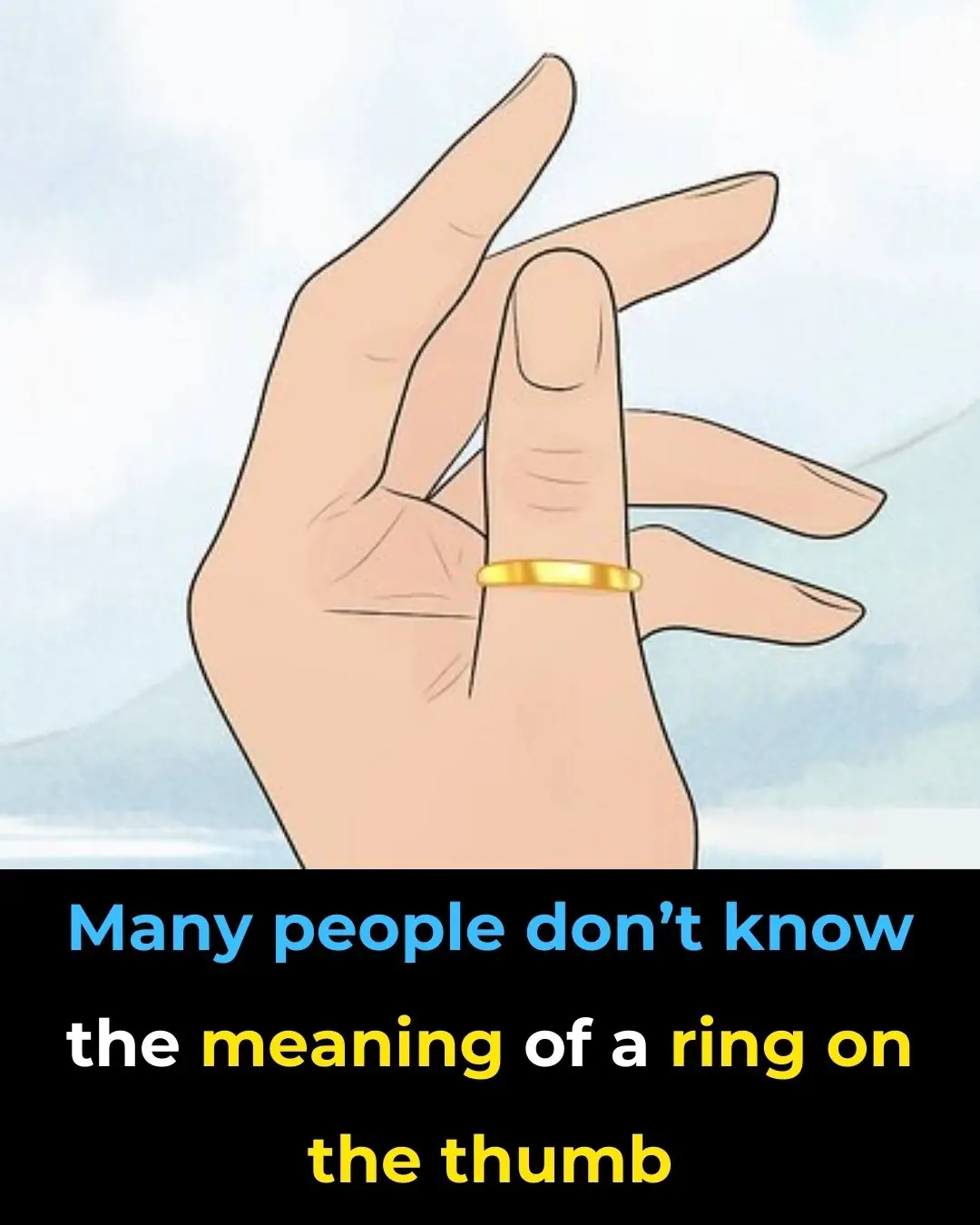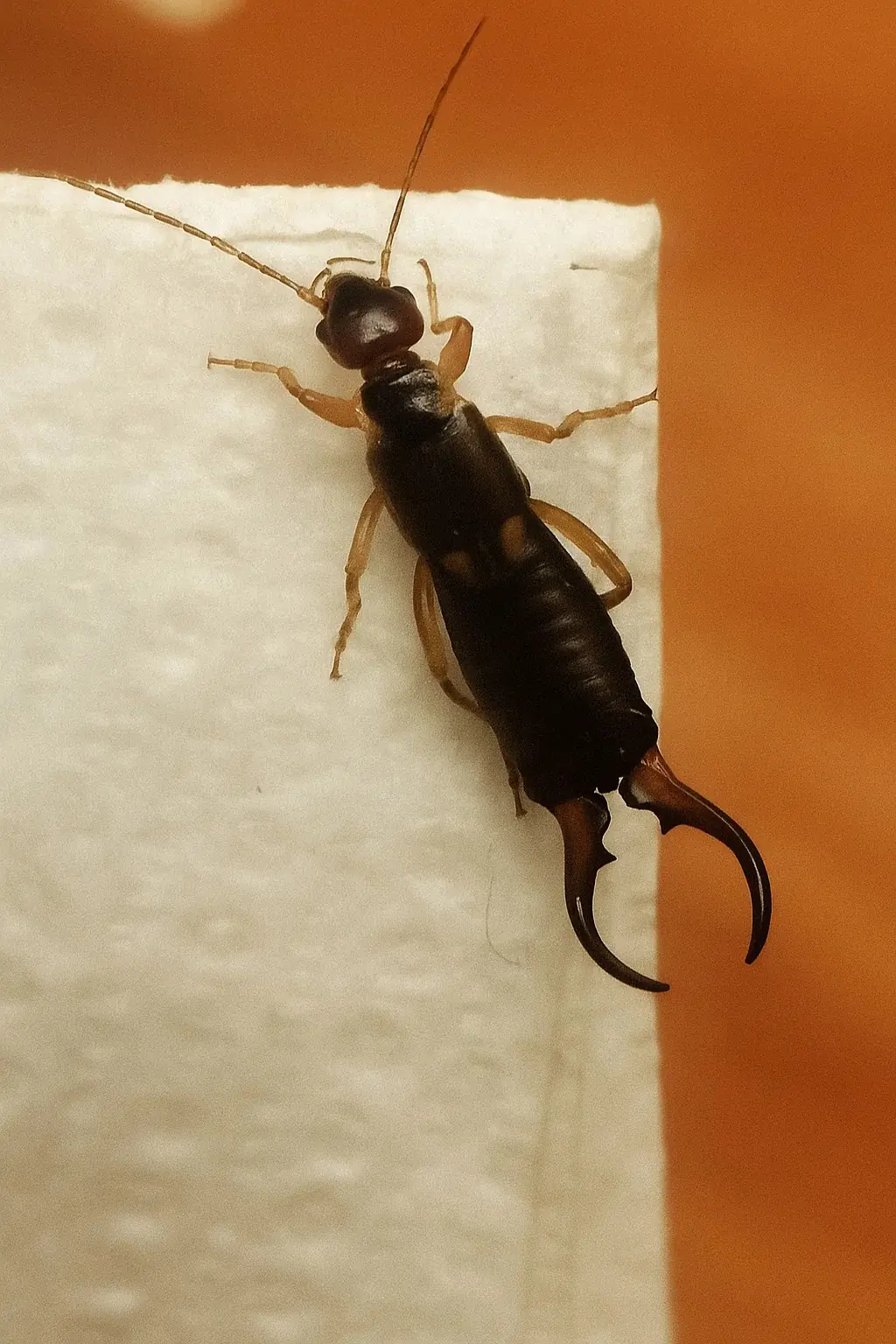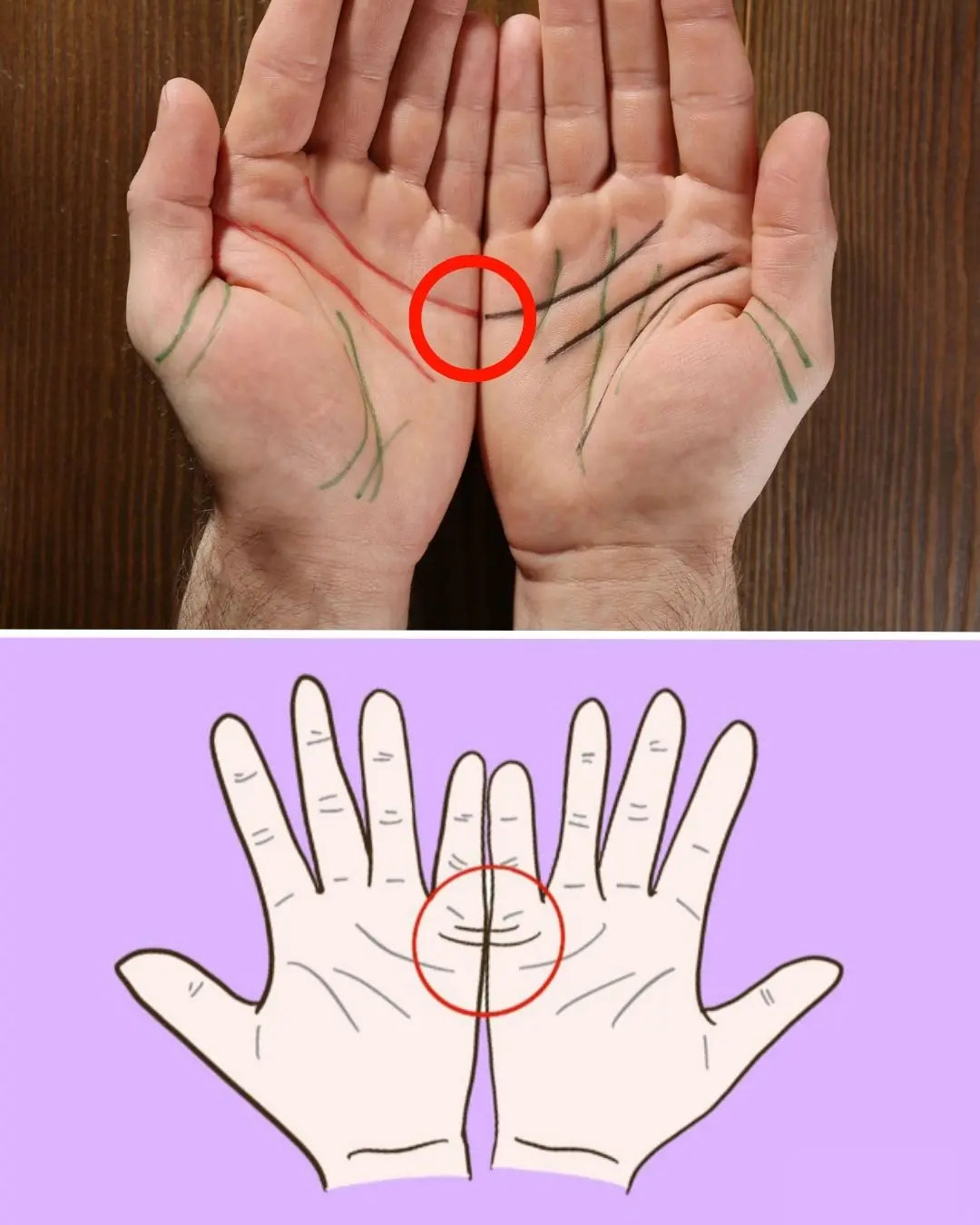
Scientists warn ancient Easter Island statues could vanish in a matter of years
Easter Island's statues are among the most iconic landmarks on the planet, but these mysterious Moai could completely disappear within a few decades if scientists' warnings prove true.

Scientists warn that Easter Island's iconic statues could be underwater in the coming years (Fabien Pallueau/NurPhoto via Getty Images)
The world boasts numerous natural and man-made landmarks, ranging from ancient wonders that have largely decayed over time to modern marvels that continue to captivate millions of visitors every year. Among these, Easter Island’s human-like statues are undeniably some of the most recognizable symbols of cultural heritage. Positioned on the remote Chilean island, the Moai statues continue to inspire awe and curiosity.
However, scientists have issued grave warnings about the future of these statues, suggesting that without urgent action, they could be wiped from existence in the coming years.
What have scientists warned about the Easter Island statues?
As reported by The Independent, a study published in the Journal of Cultural Heritage estimates that the Moai statues, along with around 50 other cultural sites on Easter Island, are at serious risk of flooding. This flooding could submerge them completely in the near future.


Ahu Tongariki, the island's most iconic line of statues, could meet the ocean by 2080 according to simulations (Fabien Pallueau/NurPhoto via Getty Images)
The primary culprit behind this threat is the rising sea levels, a consequence of climate change. Melting ice sheets and the expanding volume of ocean water due to increasing temperatures are causing sea levels to rise at an alarming rate each year.
Noah Paoa, the lead author of the study, emphasizes that "sea level rise is real," and it's "not a distant threat" that can be postponed. According to Paoa, we must address it now before it's too late.
The research team created a 'digital twin' of Easter Island, known as Rapa Nui to its native inhabitants, and utilized computer simulations to predict the future impact of rising sea levels on the island. The simulations revealed that waves could reach Ahu Tongariki—the largest and most iconic collection of Moai statues—by 2080. Shortly thereafter, other parts of the island could be submerged, possibly causing the entire island to be lost underwater.
Ahu Tongariki, the most iconic line of statues on Easter Island, could be overtaken by the ocean by 2080, according to the simulations. The island is home to roughly 900 Moai statues, carved between the 10th and 16th centuries. Losing these statues would not only be a major cultural loss but also a significant historical and ancestral blow.
The broader implications
The study stresses the urgent need for sea-level rise (SLR) assessments in other coastal cultural sites within the Rapa Nui National Park. It also advocates for consultations with local communities to develop strategies for adaptation and mitigation. Beyond Easter Island, similar concerns are being raised globally. For example, research shows that parts of New Zealand could also be at risk in the coming years, as rising sea levels and land subsidence combine to accelerate the potential devastation of coastal areas.
Reports from Forbes highlight that nearly half of the global sea-level rise since 1880 has occurred in just the past 30 years. The escalating effects of climate change, particularly as we approach a potential climate 'tipping point,' suggest that these trends will only worsen, further threatening cultural landmarks, cities, and ecosystems around the world.
News in the same category


NASA astronaut describes exactly what space smells like and it's not what you'd expect

Subtle Signs Your Passed Loved One Is Watching Over You

What Does a Thumb Ring Really Mean

Do Not Put These Things In The Freezer

How to Handle Earwigs in Your Home

The Secret Meaning of the Letter “M” on Your Palm

What It Really Means When a Man Turns His Back in Bed — Experts Explain
The way you and your partner sleep can be a silent reflection of your relationship.

Scientists Just Deleted the Extra Chromosome That Causes Down Syndrome Using CRISPR

Female Frogs Fake Their Death to Avoid Mating With Males They Don’t Like

The Hidden Meanings Behind Wearing a Ring on Your Right Hand
Whether worn for symbolism, heritage, fashion, or personal milestones, a ring on the right hand is rarely just an accessory. It is a quiet declaration of identity—reflecting your strength, aspirations, and inner values.

Why Does Your Cat Rub Against You? The Hidden Meanings Behind This Behavior
Cats are masters of subtle communication. Every flick of the tail, every shift of the ears, and even the way they brush against you carries meaning. By learning to interpret these behaviors, you can deepen your bond and gain insight into the fascinating w

Surprising Health Benefits of Sitting Facing Forward on the Toilet
. From easing strain on the back to improving hygiene and even supporting digestive health, this position offers a practical alternative worth considering.

The Truth About Green Circles on Hard-Boiled Eggs That Nobody Told You
If you are one of those people who prefer their eggs hard-boiled, you have certainly noticed that green color ring around the yolk.

People Whose Tattoos Have a Wonderful Story to Tell

Hidden Message Behind Finding a White Feather

What Your Palm Lines Say About Love and Marriage

Avoid Hanging Out Your Laundry in the Evening
News Post

Rob Gronkowski forgot he invested $69,000 in Apple and ten years later the value has completely changed his net-worth

Scientists discover that powerful side effect of Ozempic could actually reverse aging

5 Common Habits That Are Slowly Destroying Your Knees Right Now

14 Powerful Benefits of Walking That Completely Change Your Body and Mind

These 5 Foods Are Fueling Cancer in Your Body. Number 1 Will Surprise You

8 Common Reasons For Waking Up at Night

Beware of the Plastic Bottle Scam: A New Car Theft Tactic

NASA astronaut describes exactly what space smells like and it's not what you'd expect

Don’t Clean the Fridge with Plain Water—Mix This In and It’ll Be Spotless and Odor-Free

Put a Handful of Pepper Under the Bed and Something Unexpected Happens—Something Bed Sellers Never Tell You

Rice Left in the Rice Cooker Overnight—Can You Still Eat It? The Answer May Surprise You

Oil Keeps Splattering When You Fry? Add This One Ingredient to the Pan—No More Splashes or Sticking

Clogged Kitchen Sink Drain? Don’t Rush to Call a Plumber—Try This to Clear It and Eliminate Odors

Washing Machine Loud and Shaking During Spin? Don’t Rush to Call a Technician—Do This and It’ll Run Smoothly

Should You Seal the Room When Running the Air Conditioner? Five Errors That Can Double or Triple Your Power Usage

Using an Electric Kettle: 9 Out of 10 Homes Make This Common Mistake – It’s Worth Reminding Family to Correct It Early

Early Signs of Kidney Disease and How to Protect Your Kidneys (Evidence-Based)

Colon Cleansing with Kefir and Flaxseed: A Natural Approach
